New home sales fell in January to a seasonally adjusted annual rate (SAAR) of 801,000 units. The previous three months were revised higher. Census Bureau estimates put new home sales 4.5 percent below the revised December numbers. New home sales were 19.3 percent lower than January of last year. The median price of a new home contracted in January was $423,300. The average sales price of a new home posted at $496,900. That was a new all-time high.
Median and average new home prices both hit new record highs in North Texas in January. On a per square foot basis, the 23 percent year-over-year rise in new construction prices in DFW are causing all sorts of sticker shock for buyers.
Still Backlogged
The Census Bureau reported new home inventory at 6.1 months of supply in January. Those headline numbers are still misleading with a big backlog in construction. Of the 403,000 units reportedly “available” at the end of the period, 105,000 had not started construction. Another 258,000 units were under construction.
NTREIS stats for new home supply in North Texas showed just 1.7 months of new home inventory in January. The 2433 new homes available for sale in Dallas-Fort Worth was the lowest supply total going back to 2013. Inventory levels will improve as the year progresses. With nearly 40,000 developed lots coming to the market in North Texas in the second half of the year, buyers are currently left waiting for better options or jumping in at these record high prices.
Market Shift Underway
With interest rates heading higher more buyers are getting priced out of the market or choosing to wait it out. Home affordability has been absolutely crushed for many first-time buyers. That leaves out-of-state relocations, equity-rich buyers & move-ups, and investors as the remaining support for the current market. At the margins you can already see demand beginning to cool.
As the Federal Reserve contemplates a normalization of policy, it will be interesting to see how the year progresses. New home supply is going to increase. Final demand is going to be a moving target depending on how high mortgage rates actually go. Sales will likely continue to stagnate under the weight of high prices and affordability issues.
It is worth noting new home sales fell in January with the average mortgage interest rate at only 3.45 percent. It doesn’t take a rocket scientist to see that rates above four percent will crimp demand even further. Despite assumptions of many in the market, the Federal Reserve hasn’t even started quantitative tightening. A lot of “pent up demand” is about to meet the reality of the monetary policy shift at hand. There’s no way the current administration is going to let inflation run at 7.5 percent with the November primaries coming up. That would be tantamount to political suicide. The big question is how much pain they are willing to tolerate in the housing market before boomers begin crying for more intervention.
If you are in the market to buy a new home, probably best to be patient. Chasing artificially inflated asset prices is a recipe for buyer’s remorse. Just because the government ramped up conforming loan limits by a record 18 percent doesn’t mean you should avail yourself of the opportunity. Unless you have a sizeable down payment or a longer term time horizon probably better to sit back and let some of these market distortions resolve themselves.
Fed Tightening Hasn’t Even Started
While Russia was busy invading Ukraine, the Federal Reserve was busy pouring more gasoline into the inflationary fires. Many people were shocked to see the stock market plummet nearly three percent, only to rise and turn green for the day for a 3 percent gain. That kind of juice is only possible in a system awash in liquidity.
Housing market pundits were surely thankful for the turnaround of events. As far as the housing market is concerned, Russia isn’t the problem. The problem is the coming liquidity unwind that will be necessary to tame an overheated, inflated market. The Federal Funds rate is still on the floor. Jerome’s reckless Fed added another $17 billion to that massive balance sheet in just the latest week. Real policy normalization begins in March.





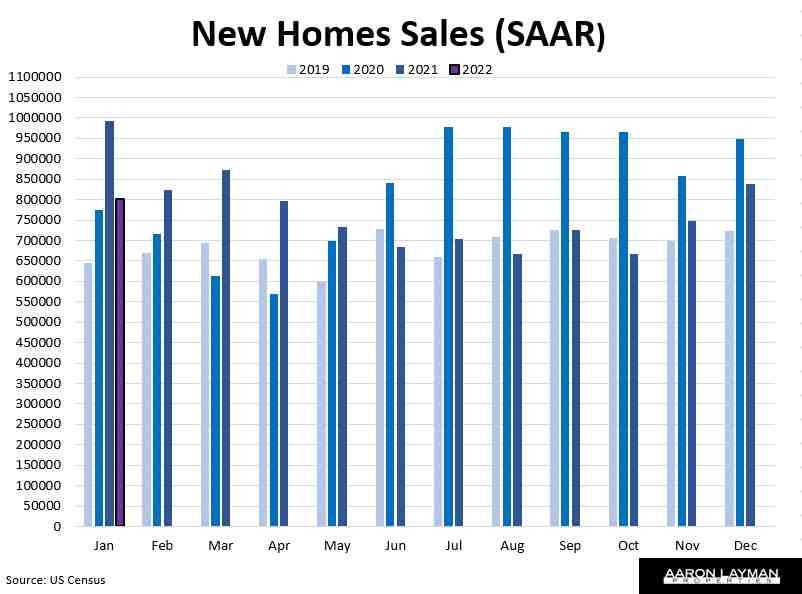


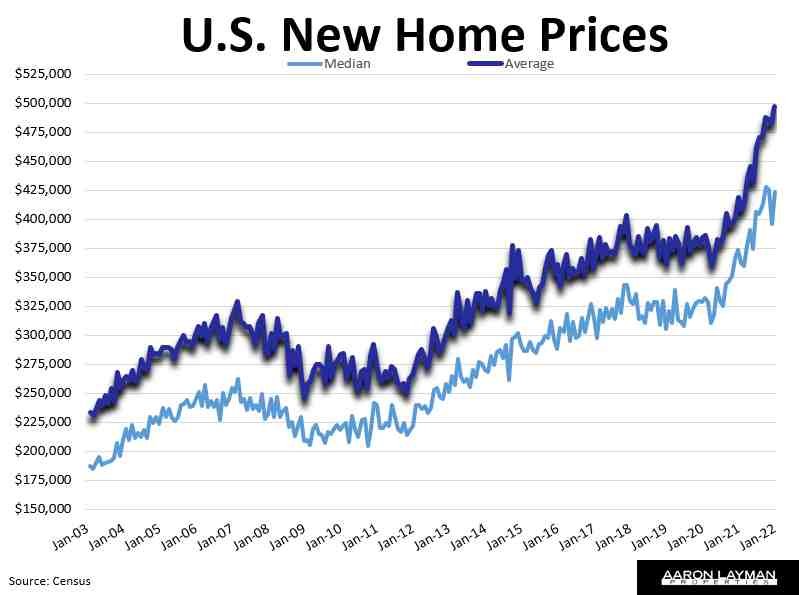
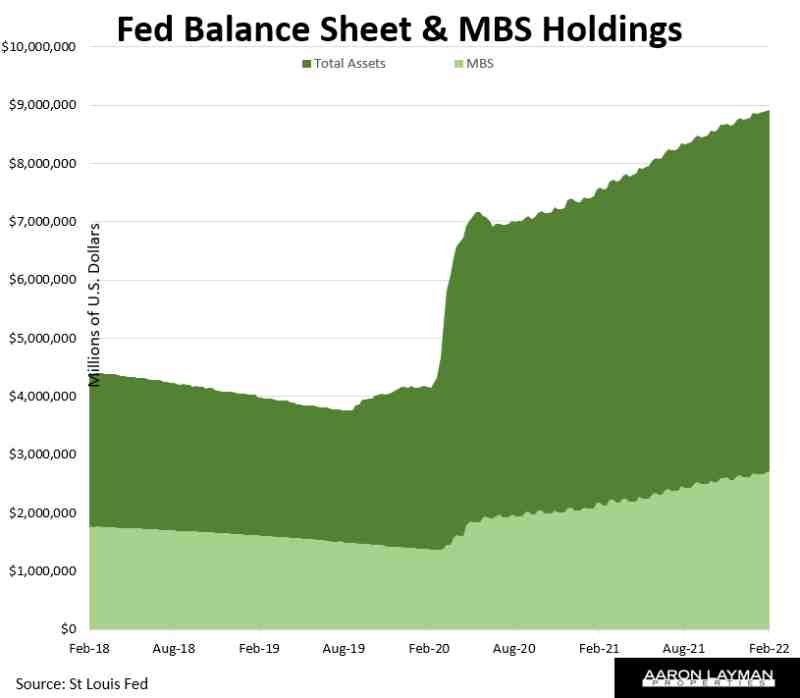
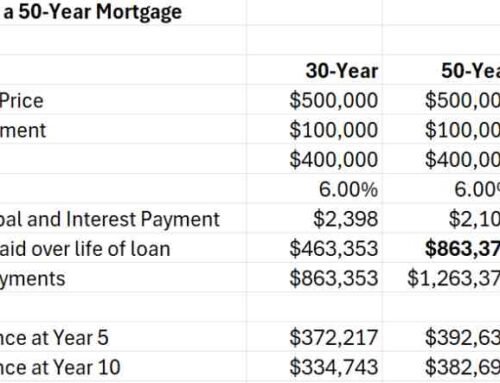
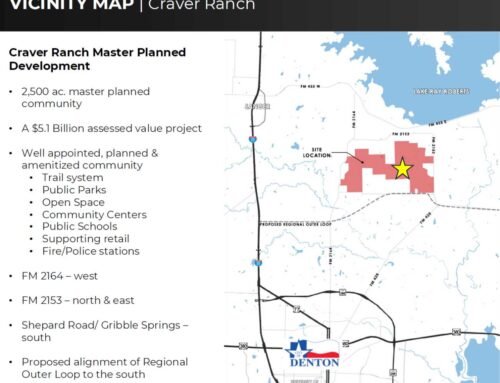
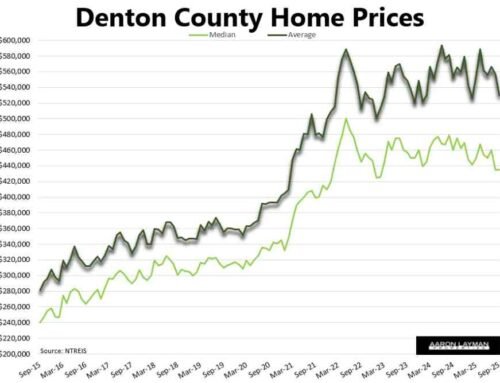


Leave A Comment